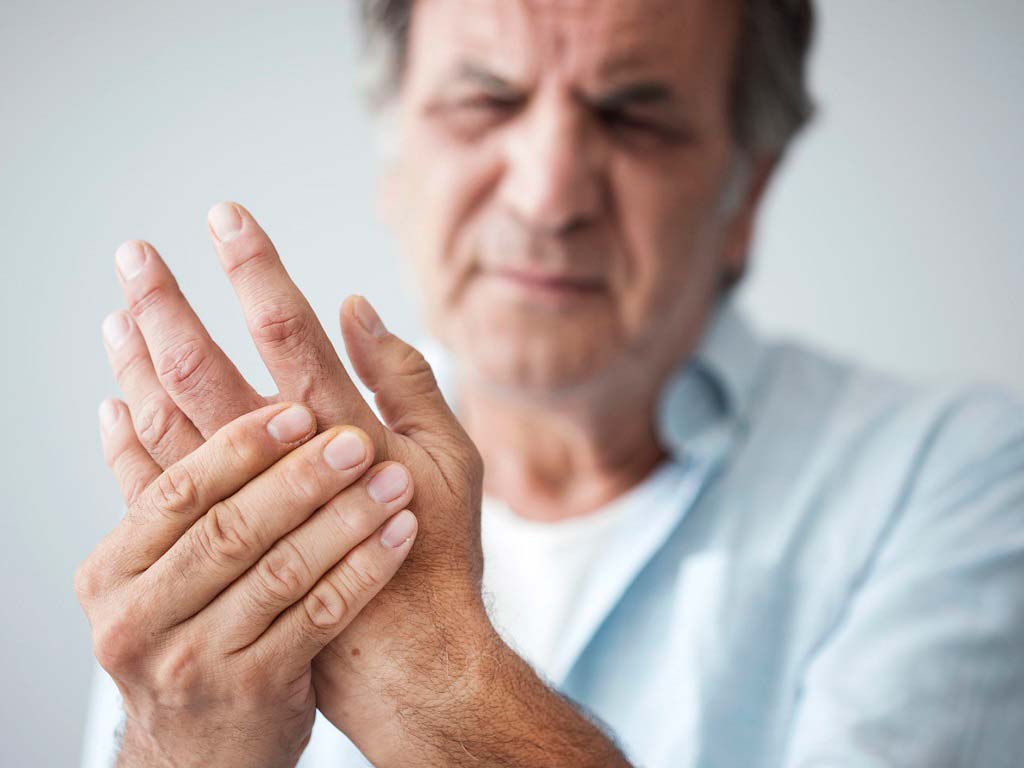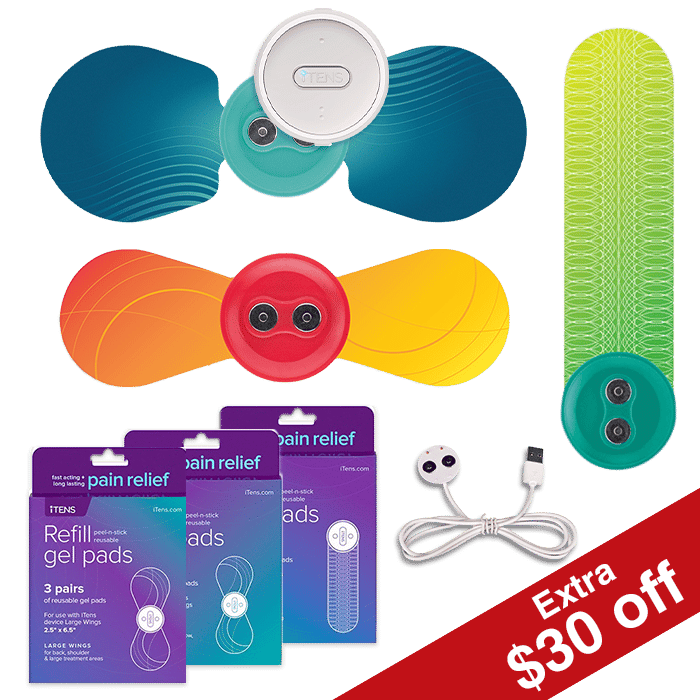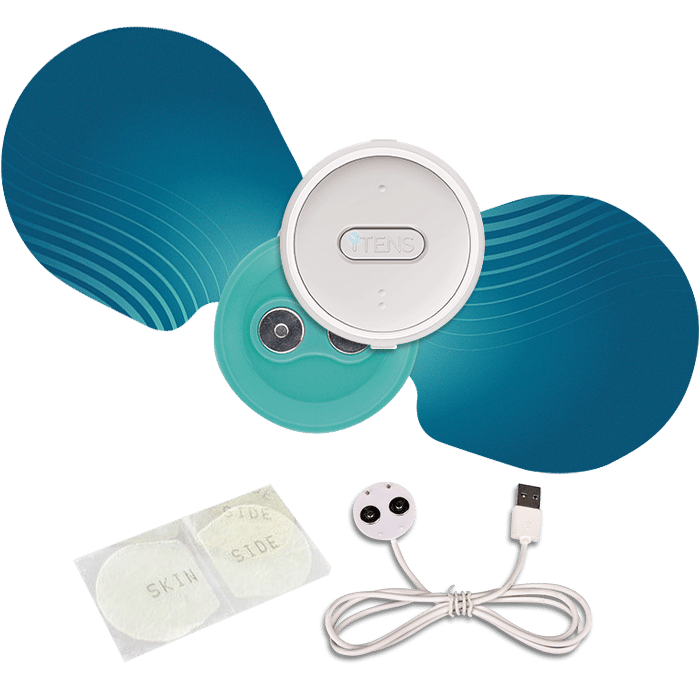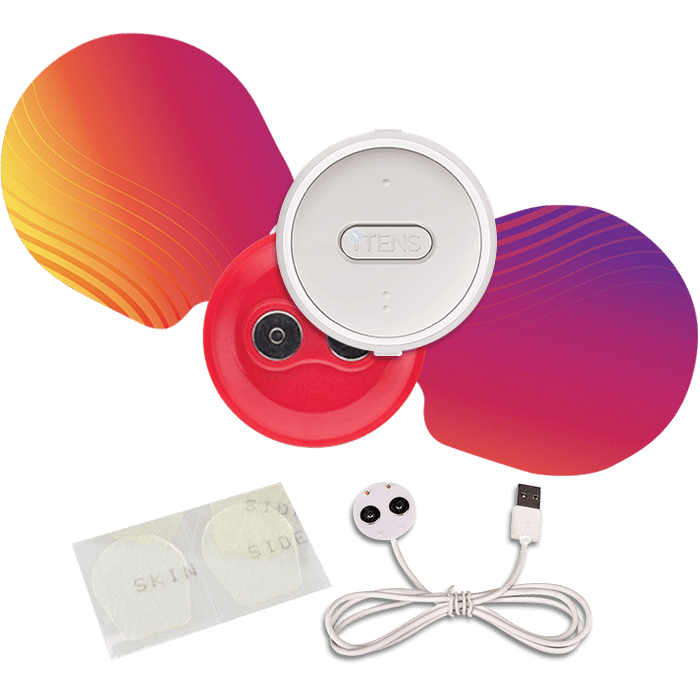TENS Machine for Ankle Pain: A Guide on How to Use the Unit

Transcutaneous Electrical Nerve Stimulation (TENS) is a therapy that uses a device to deliver electrical currents to the body. It can treat acute pain and chronic pain, including ankle discomfort. A TENS machine for ankle pain works in different mechanisms to provide pain therapy. However, knowing how to use the medical device is crucial. Begin […]
TENS Machine for MS: A Guide in Managing Multiple Sclerosis

The Transcutaneous Electrical Nerve Stimulation (TENS) machine is a non-invasive and drug-free tool for pain relief. It can help manage symptoms of Multiple Sclerosis (MS) by blocking pain signals, triggering the release of endorphins, and improving blood circulation. To use a TENS machine for MS, clean and dry the treatment area first. Next, place the […]
Best TENS Machine for Labor: Factors to Consider

Transcutaneous Electrical Nerve Stimulation (TENS) is a non-invasive and drug-free method of pain relief. When choosing the best TENS machine for labour, it is essential to consider several factors. Firstly, consider the type of device, whether wired or wireless. Secondly, look at the features it includes, such as a boost button, pre-set modes, and adjustable […]
TENS for Home Use: How It Works & the Benefits

Transcutaneous Electrical Nerve Stimulation (TENS) is a form of electrotherapy primarily used for pain relief. While traditionally used in medical settings, TENS for home use are also available for those seeking convenient relief. It uses electrical stimulation to trigger the pain gate mechanism and endorphin production. A benefit of using TENS is that it can […]
TENS and Pregnancy: Is It Safe?

Physical therapists and other medical professionals typically utilise Transcutaneous Electrical Nerve Stimulation (TENS) as a natural form of pain relief. It helps reduce acute and chronic pain conditions. However, some people are wondering if they can use it during labour and birth experiences. Women can apply TENS during pregnancy, as it is safe, generally. Nevertheless, […]
TENS Machine for Labour: Complete Labour TENS Safety Guide

Many women experience pain and discomfort during labour. While there are various pain relief options available, a modern and non-invasive method is Transcutaneous Electrical Nerve Stimulation. It involves the use of a small device called a TENS machine that delivers gentle electrical pulses to the body to ease pain. Numerous studies have shown the safety […]
TENS Device for Back Pain: Can It Help Improve the Quality of Life?

A Transcutaneous Electrical Nerve Stimulation or TENS device for back pain is a medical device that sends electrical impulses to the nerves to alleviate discomfort. This method of pain relief functions in multiple ways to enhance the quality of life of back pain sufferers. The electrical pulses can block the transmission of pain signals from reaching the brain. Additionally, they can prompt the release […]
Lower Back Pain Relief: Available Options to Ease the Condition

People who experience mild to severe pain in the lower back search for effective ways to ease the condition. Some natural pain treatment options include cold packs, exercises, warm baths, and herbal remedies. Moreover, individuals can utilise electrotherapy as lower back pain relief. It uses mild electrical impulses to stimulate the nerves or muscles. Furthermore, […]
TENS for Nerve Pain: Can It Help Improve the Quality of Life?

Nerve or neuropathic pain results from damage or dysfunction in the nervous system. Chronic pain conditions like diabetes or regional pain syndrome can be the cause. Transcutaneous Electrical Nerve Stimulation or TENS for nerve pain can manage this type of pain in adults. It can help improve the quality of life by delivering electrical impulses […]
TENS Neuropathy Treatment: What It Is, How It Works, & the Benefits

Transcutaneous Electrical Nerve Stimulation (TENS) therapy is a non-invasive treatment option for various types of pain. TENS neuropathy treatment specifically targets nerve pain, such as that caused by chronic conditions. It uses a portable device that sends low-voltage electrical currents to the affected nerves. With the right amount of electrical stimulation and proper electrode position, […]























